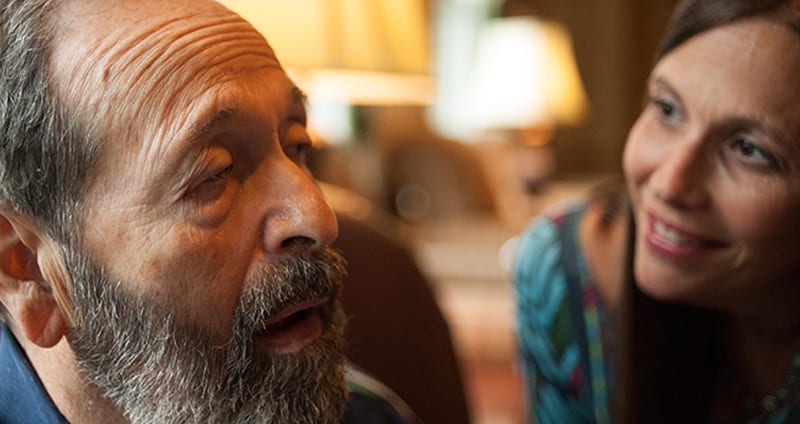
Many people are under the misconception that dementia is simply one specific condition – however, this is not true.
Dementia is a broad term used to describe the symptoms of a large group of illnesses that affect the brain and cause a progressive decline in a person’s functioning. Symptoms can include memory problems, issues with thinking and communication.
There are many kinds of dementia, the most commonly known being Alzheimer’s disease. One of the lesser knows kinds of Dementia with Lewy Bodies, also known as DLB.
Abnormal clumps of protein, specifically alpha-synuclein, are known as Lewy bodies. If these clumps develop in the main part of the brain, the cortex, then it can result in dementia.
Lewy bodies can only be identified by examination of brain tissue after death, so there is no way of testing their presence to confirm a definitive diagnosis.
People with Parkinson’s disease also have Lewy bodies in their brains, but the structural pattern is different from Lewy bodies that are found in individuals with dementia.
DLB is type of progressive dementia, which means symptoms increase over time. DLB symptoms typically increase more rapidly than Alzheimer’s disease.
With similar symptoms to other neurodegenerative conditions, Alzheimer’s disease and Parkinson’s disease, Dementia with Lewy Bodies can be challenging to diagnose.
Initial symptoms of Dementia with Lewy Bodies can be very minimal, but then eventually progress to affect a person on a daily basis. There is also no single test that can diagnose Dementia with Lewy Bodies.
Instead, a diagnosis is made by taking a detailed history of the pattern of symptoms, and by excluding other possible causes such as Vascular dementia and Alzheimer’s disease
Symptoms can include:
Though there is no cure for Dementia with Lewy bodies, there are treatment options available to help manage symptoms. There are medications that can help reduce hallucinations, and therapies such as physiotherapy and activities designed to improve memory.
If you are worried that you or a loved one may have DLB, or are exhibiting early symptoms, then it is advised that you consult a doctor or other healthcare professionals.
Disclaimer: Please be aware the above article is merely information – not advice. If you need medical advice, consult a doctor or other healthcare professional.
4.5
4
0.5